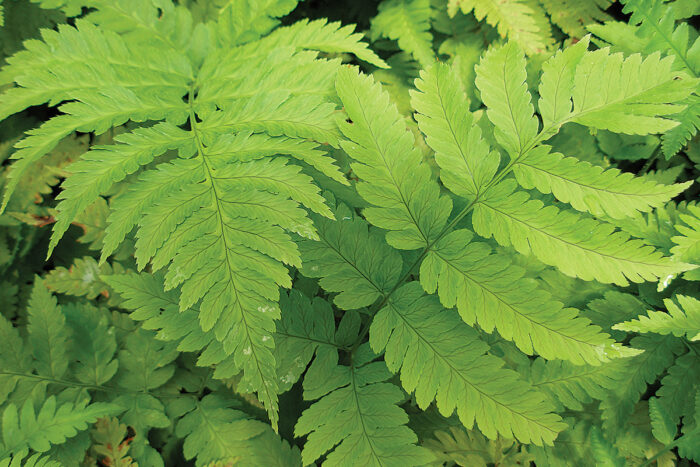
Finding plants that flourish in the shade isn’t the challenge. Anyone can find a flock of ferns or a herd of hostas to turn their shade garden into a green sea of sameness. The challenge arises when you start expecting more from those shady spots. You have to first find bold plants that thrive in partial or full shade, and then incorporate these show-stoppers in a cohesive way. It may take a little more thought and creativity to design a successful shade garden, but who ever complained about spending extra hours toiling in the cool comfort of the shade?
If it’s time to transform those dark corners of your garden, we’ve knocked the first step out of the way for you. Whether you’re a sucker for bright blooms, or unique foliage is more your style, you’ll find the perfect bold shade plant for your Midwest garden below.
1. ‘Horatio’ Goatsbeard

Name: Aruncus ‘Horatio’
USDA Hardiness Zones: 4 to 7
Size: 2 to 3 feet tall and wide
Conditions: Partial shade; moist soil
‘Horatio’ goatsbeard is quite adaptable, tolerating nearly full sun to nearly full shade if given the proper soil conditions. This statuesque plant has deeper green leaves than other varieties, and it tends to be bushier, with a more reserved size in the garden, too. Its foliage is crinkled with great texture and at times exhibits some bronze highlights. Creamy, white-fringed flowers stand atop 4-foot stems in summer and have a sweet fragrance. The blossom stems are cinnamon brown and remain upright for much of the winter.
2. ‘Superba’ Astilbe
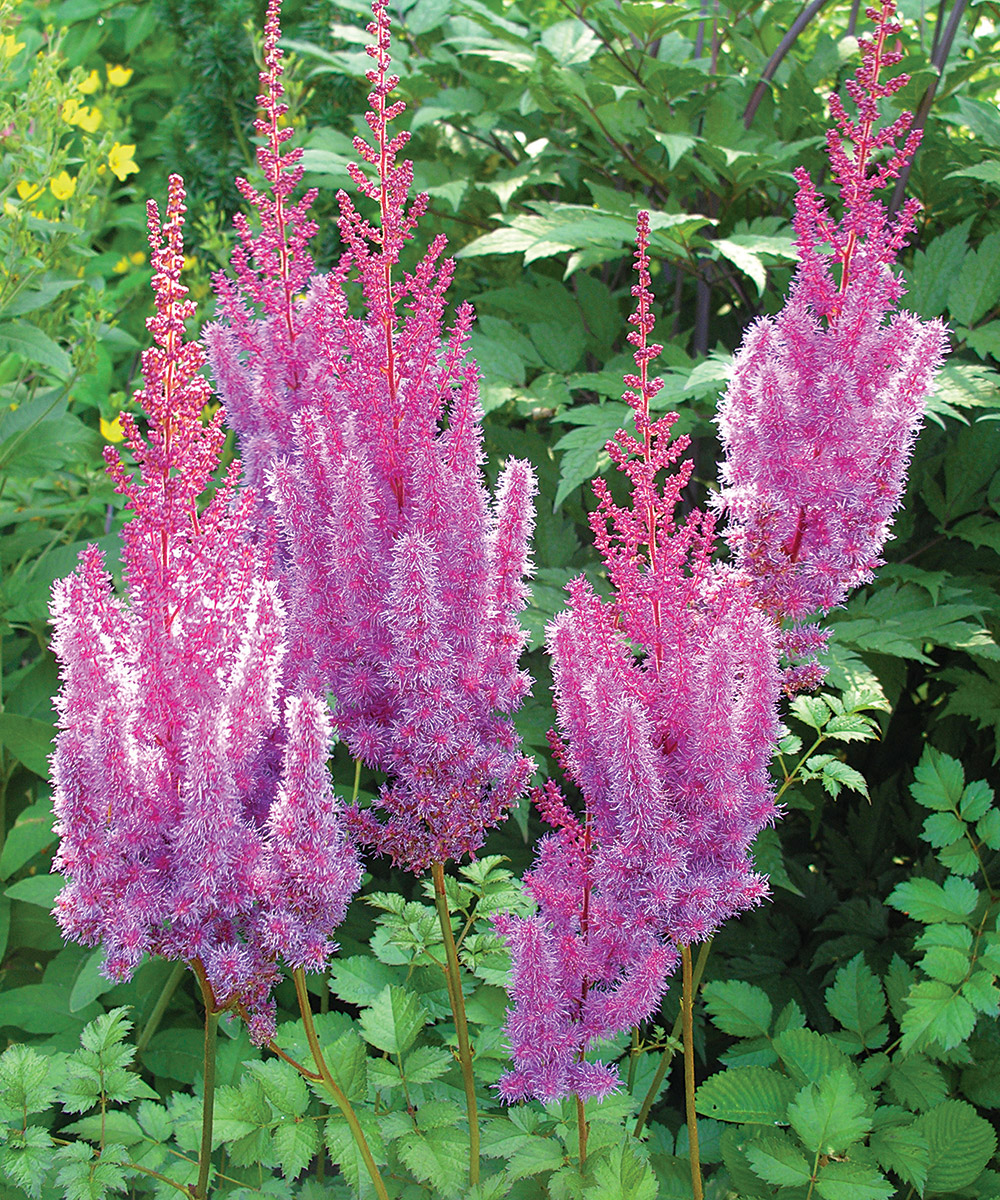
Name: Astilbe chinensis var. taquetii ‘Superba’
Zones: 4 to 8
Size: 4 feet tall and 18 to 24 inches wide
Conditions: Full sun to partial shade; moist soil
While astilbes are primarily thought of as shade plants, with regular irrigation or constantly moist soil, they can also take some sun. The variety ‘Superba’ is one of the best due to its huge pink flower spikes that look like cotton candy. The mid-to late-summer blooms can be up to 3 to 4 feet tall. This astilbe combines well with other late-blooming plants, such as swamp milkweed (Asclepias incarnata, Zones 3–6) and ‘Glenda’ Joe Pye weed (Eutrochium maculatum ‘Glenda’, Zones 3–8).
3. Azure Monkshood

Name: Aconitum carmichaelii
Zones: 3 to 8
Size: 5 to 6 feet tall and 1 to 2 feet wide
Conditions: Partial shade; well-drained soil
Azure monkshood is a favorite of mine for many reasons. First, its towering height makes it an undeniable focal point. Second, it’s blue, and almost everybody likes blue (a somewhat rare shade in the garden). Third, it blooms right around my birthday in early autumn, which, in my opinion, is the best time of the year.
Hooded cobalt blue flowers appear in thick, pointed clusters throughout fall. The foliage is dark green with an interesting, coarse texture, and it can change to a golden yellow as the temperatures get cooler. This plant is also deer resistant since it’s poisonous. Given that, you should always wear gloves when handling it. Azure monkshood is like a delphinium (Delphinium spp. and cvs., Zones 3–7) that takes shade.
4. Goldie’s Wood Fern
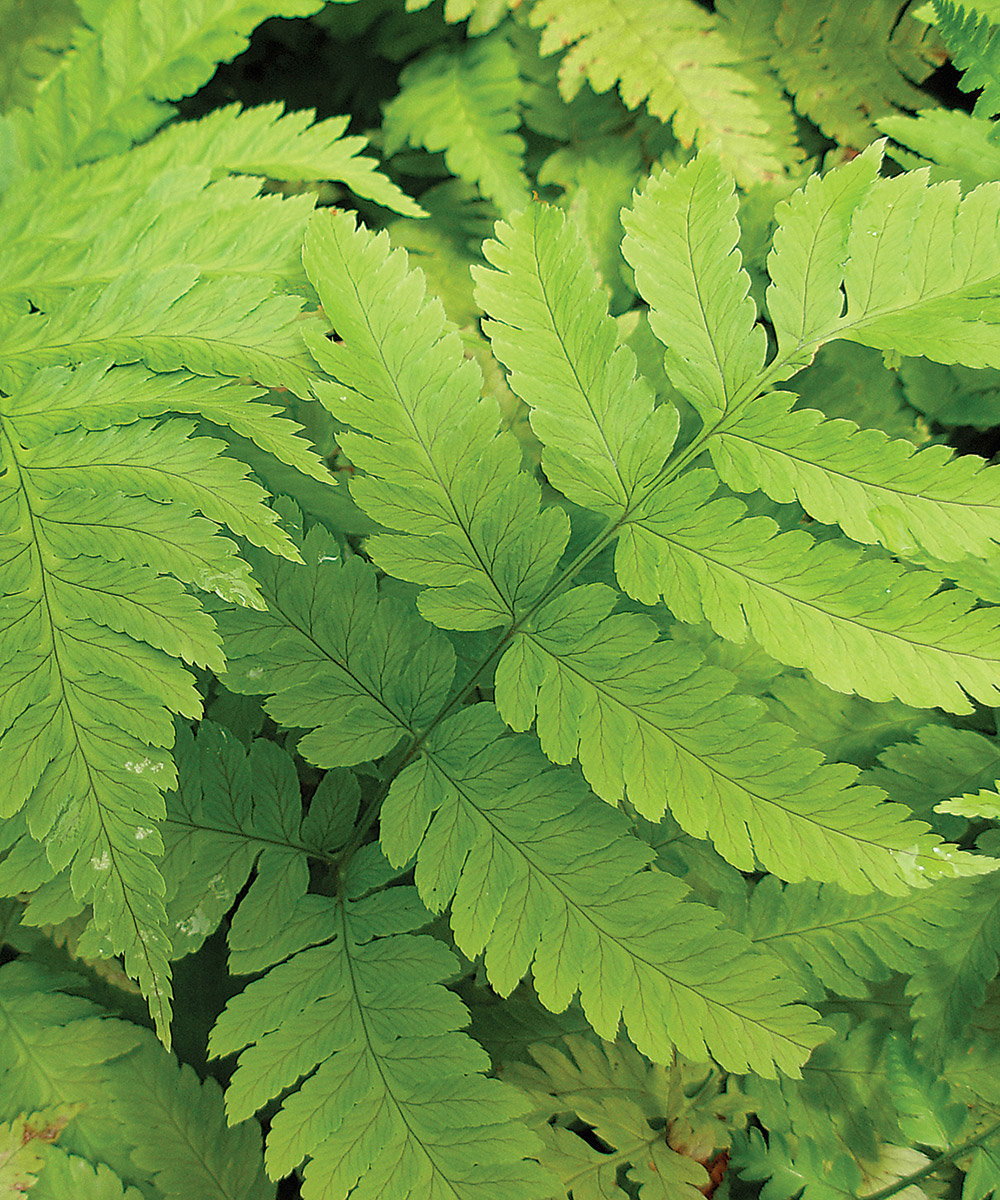
Name: Dryopteris goldiana
Zones: 3 to 8
Size: 4 feet tall and 2 feet wide
Conditions: Partial to full shade; moist, rich soil
This notable fern is not widely grown, yet it deserves more use. The leathery fronds are not actually gold but a matte to semigloss light shade of green. Its size is what most impresses me; once established, it reaches nearly 4 feet tall. Goldie’s wood fern can spread by rhizomes over time but doesn’t get aggressive. Due to its color, texture, and size, it’s easy to pair with many other shade plants, including an array of hostas (Hosta spp. and cvs., Zones 3–9) and other ferns.
Brent Horvath owns Intrinsic Perennial Gardens in Hebron, Illinois, which develops new plants.

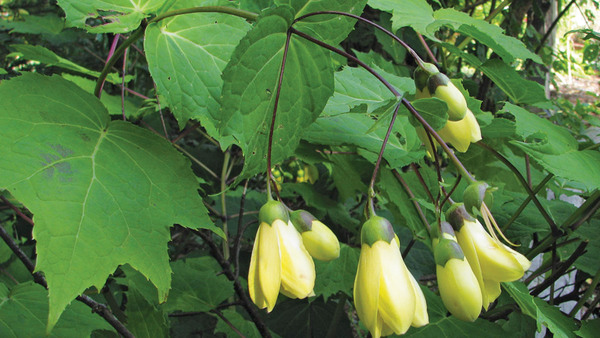
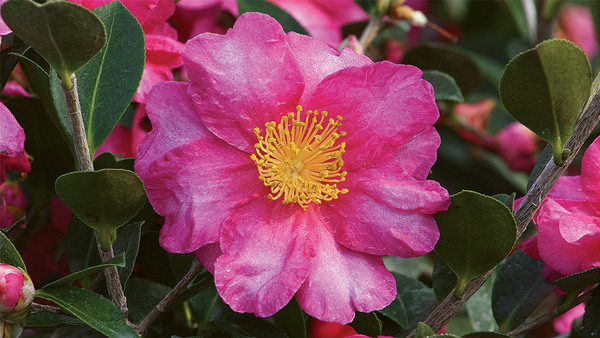

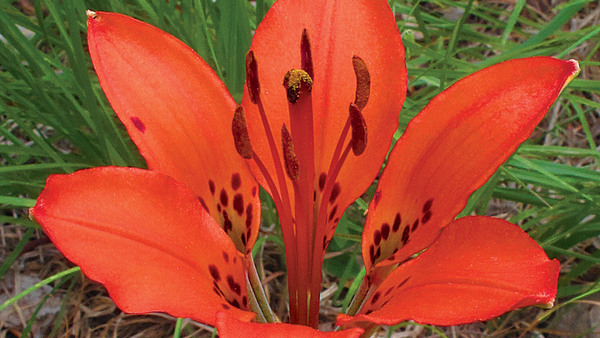












Comments
Log in or create an account to post a comment.
Sign up Log in